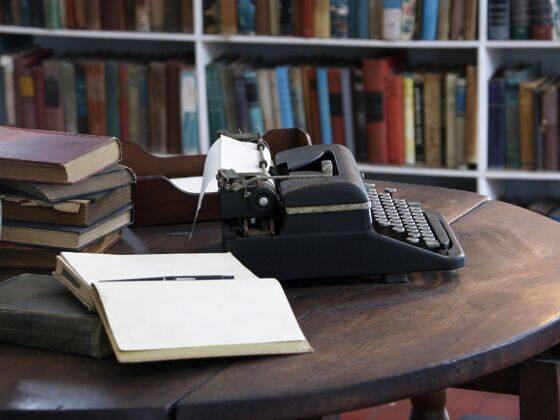I GOT EXCITED ABOUT the wrong house. Left a frenetic message on my ex’s voice mail, bragging I was on the brink of Mecca: Papa’s house in sight and soon I’d be inside. But something wasn’t right. The place looked too modern, too “log cabin castle” pretentious. A call from the Nature Conservancy’s curator reeled me in just as an angry neighbor at road’s end charged out his front door and towards my advancing car.


“He’ll call the cops.” Taylor calmly announced in direct contrast to my frenzied self. My first gig using writer’s credentials to get access to an extraordinary place and I’d already screwed up.
“Road’s private. Don’t worry. Back up a quarter mile. You aren’t the first to drive just a LITTLE too far. If it was up to him there’d be a locked gate down the hill. See me waving?”
That’s how I saw Hemingway’s Idaho home for the first time: in my rear view mirror, hastening a semi-panicked retreat in reverse.
Compared to the ostentatious real estate right and left, the Topper House (named for its original owner) is subtle, it’s size and silhouette suited to the Big Wood River and 18 acres of riparian habitat it occupies. Appearing to be of wooden construction, in truth the house was molded from concrete forms designed to exactly mimic Ketchum’s famous Sun Valley Lodge.
Touching the deep brown exterior, this forester’s daughter struggles with the eerie, disconnected sensation of expecting smooth, warm wood on my hand and instead feeling rough, cold concrete.
There were no territorial neighbors for Ernest and Mary Hemingway in the late 1950’s when they bought the place. An idyllic alpine setting in the rugged American West suited the iconic American author and his fourth wife. He finished The Sun Also Rises in the ground level study dropping off a modest main floor. I envision struggles with words and sentence structure as he gazed towards the Sawtooths on an early summer day like this. Aspens rattling with pale green leaves and streams brimming with fresh snow melt, wanting to be outside rather than in his own head.
A manual typewriter sits alone on the plain wooden desk staged in front of a picture window filled to the edges with snowy mountains. I hear staccato Underwood strokes; simultaneously imagine Hemingway’s hunting trips and my Idaho adventures from the same landscapes mashed together in a time / space continuum, a wilderness version of Woody Allen’s “Midnight in Paris”.
His ghost might linger. The typewriter tapping may be real. This could be the lower room Mrs. Hemingway Number 4 heard a fatal shotgun blast July 2nd, 1961. Can’t bring myself to ask Taylor that delicate question. Instead the English Major / Carpenter / Ski Bum points out a Waldo Pierce painting perched over the stairs: a bull carcass hanging post bull fight, soft and muted despite the subject matter, a 1959 birthday gift. Taylor’s flat Midwestern diction from a Michigan State education details his unique duties (in what I now consider the world’s most perfect job in the world’s most perfect setting) as both curator and general contractor, cataloging Hemingway‘s documents and possessions while supervising the home’s restoration.
Hemingway’s estate doesn’t consider The Topper House historically significant. Perhaps suicide taints a writer’s last life chapters, especially one so famous. No matter, it’s forever significant in my personal history now. I swoon reverently over every detail, each artifact: footlockers with “Hemingway” boldly printed in block letters , bull fighting posters from Spain, a pair of snowshoes propped against the fireplace, 1950s era television nestled in a book shelf amongst water color portraits and black and white photos capturing a life fully lived.
After a couple hours I am a satiated literary groupie. Taylor invites me to the Hemingway Festival in late September, sponsored by the Ketchum Chamber of Commerce. They’ll have a fancy supper, one of the few functions hosted at the house each year. At a thousand dollars a plate, though, a bit out of my freelancer’s budget, and besides, I’d have to share. Some places are better experienced intimately and alone. Papa’s last house is one of them. I think he’d agree.